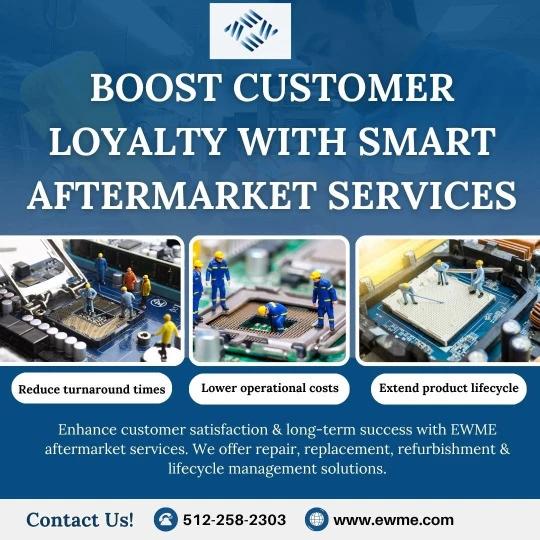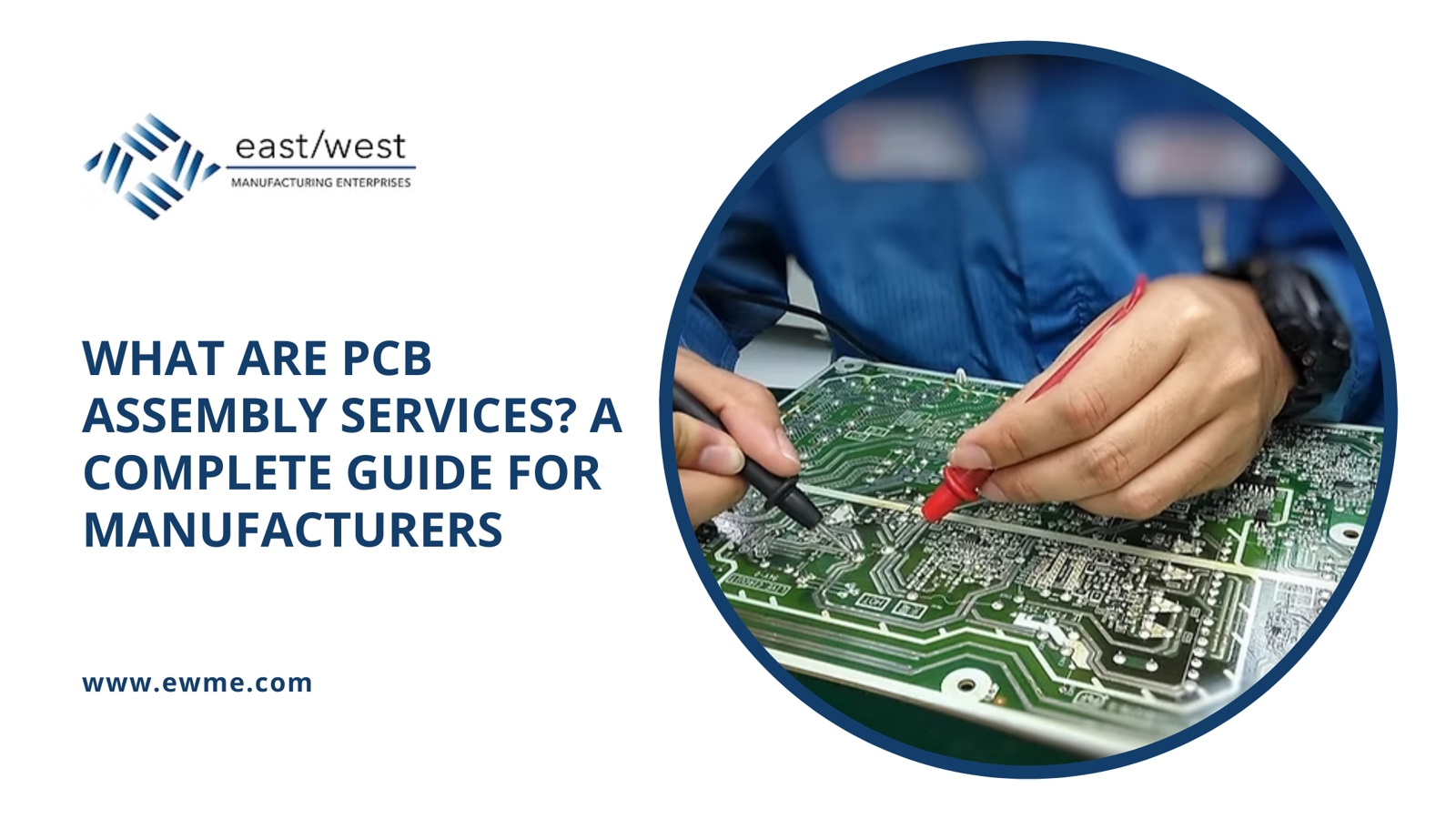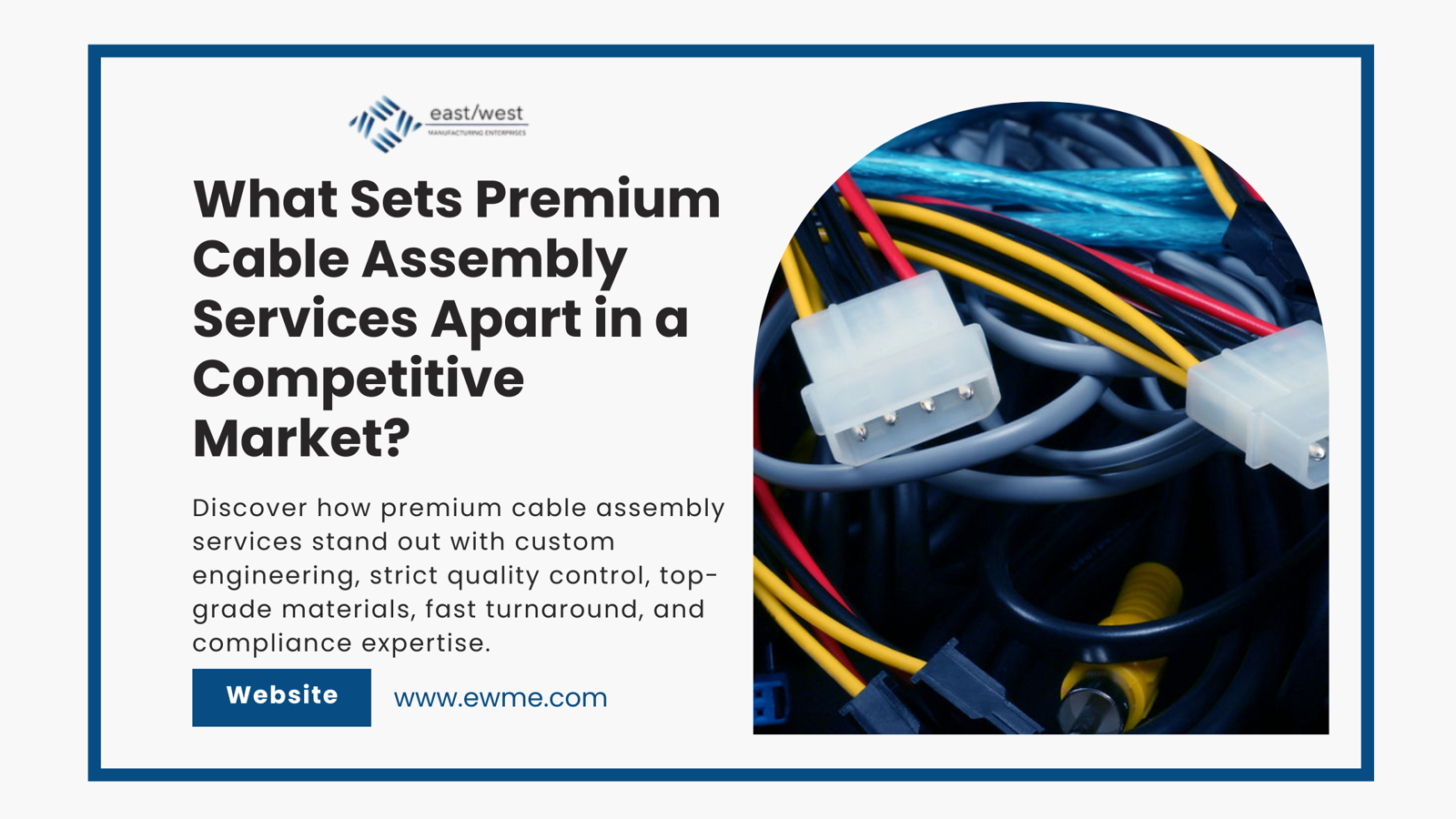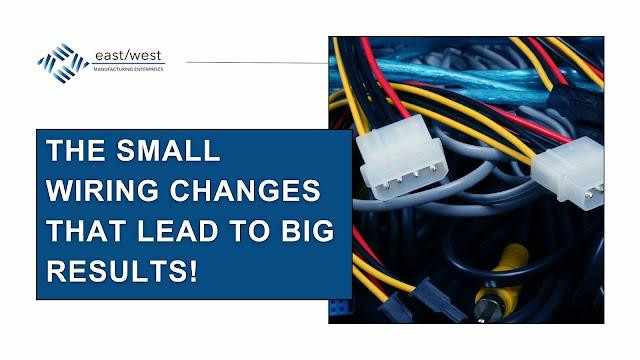Who fixes your electronics when they break or need updates? A lot of businesses have to choose between building their own support crew or hiring outside expertise for aftermarket services.
What are services that come after the sale?
Aftermarket services are all the things that happen after you sell a product. Your customer bought your product, but now it needs repairs, new software, or new parts.

Help with technical problems and fixing them
Repairs and replacements under warranty
Providing spare parts
Updates and fixes for software
Training for end customers on how to utilize the product
The question isn’t if you need these services. Yes, you do. The true question is whether your staff should take care of them or someone else should.
Making Your Own Support Team
If you want to keep assistance in-house, you’ll need to hire technicians, educate workers, and set up repair shops. You are in charge of every step of the process.
The good news? You know your items better than anyone else. Your team can swiftly find problems and repair them the appropriate way. The folks who made the product get all of the complaints from customers.
But here’s the problem: running a support operation costs a lot of money. You need a place to store components, qualified technicians on staff, and a way to keep track of all the repairs. These charges are hard for small businesses to deal with.
Also, what happens when demand goes up? Your tiny crew will quickly be overwhelmed if everyone’s device breaks at the same time.
Getting help from outside sources
A lot of electronics companies use other companies to handle their aftermarket support. These businesses already have the personnel, tools, and storage space they need.
It’s evident what the benefits are. You don’t have to pay for the initial fees of putting together a support team. These business work with a lot of clients, so they can afford better tools than you could on your own.
Companies that outsource also have experience with a wide range of products and brands. They’ve dealt with similar issues before and know how to fix them swiftly.
The bad thing? You give up some control. When customers call with problems, they’re talking to someone who didn’t make your product. It requires extra work for your design team and support team to talk to each other.
Which path makes sense?
The answer depends on how big your business is and how complicated your product is.
Big electronics companies with reliable streams of income often choose to do their own support. They can afford the cost and want to have a lot of control over how customers feel.
Outsourcing is usually good for smaller businesses. Why spend money on a support team when you might use that money to make your product better?
Think about your product as well. Devices that are simple and don’t have many moving components don’t need as much professional help. Your engineers might have to be involved in every repair of complex systems with unique software.
Last Words
Both ways work, but they are better for various types of businesses. Support in-house costs more up front, but it provides you greater control. Outsourcing is cheaper and gets you started faster, but it means you have to share responsibility for your consumers.
What would be smart? Be honest with yourself about your resources and ambitions for growth. Your support plan should be based on what your business is really like, not what you want it to be.
FAQ:
Q1. What is aftermarket support?
Aftermarket support includes all services provided after a product is sold, such as technical assistance, repairs, spare parts, software updates, warranty replacements, and customer training.
Q2. What are the benefits of keeping aftermarket support in-house?
In-house support allows better control over customer experience, faster issue resolution since your team knows the product best, and direct feedback from customers.
Q3. Why do companies outsource aftermarket services?
Businesses outsource aftermarket support to save on setup costs, access specialized expertise, scale quickly, and leverage advanced tools and infrastructure without heavy investment.
Q4. Which is better: in-house or outsourced support?
The choice depends on business size, resources, and product complexity. Larger companies may prefer in-house for control, while smaller businesses benefit from outsourcing to reduce costs and scale efficiently.
Q5. What factors should businesses consider before deciding?
Key factors include budget, customer expectations, product complexity, repair frequency, and long-term growth plans. Aligning support with resources and strategy ensures better results.








Write a comment ...